Industry information
Company News
- Exploring perforated aluminum veneer: the "invisible wings" of modern architecture?
- Fluorocarbon aluminum veneer: the fashion darling of the aluminum industry, how much do you know?
- Aluminum veneer customization, creating a new proposition for personalized space!
- Fluorocarbon aluminum veneer: the new favorite of aluminum materials and the fashionable choice for modern architecture
- The future trend of customized aluminum veneer: the perfect combination of automation and personalization
Industry dynamics
- What is the sound absorption effect of aluminum veneer?
- Customize aluminum veneer to create personalized spatial aesthetics
- How durable is aluminum veneer in outdoor environments?
- Strength and durability evaluation of curtain wall aluminum veneer
- Color and texture selection of aluminum veneer curtain wall
Frequently asked questions
- How to determine the quantity and size of customized aluminum veneer?
- How to distinguish the quality of aluminum veneer?
- How to design customized aluminum veneer?
- How to improve the fire resistance of aluminum veneer?
- How to solve the environmental problems in the production process of aluminum veneer?
contact us
Mobile:+86 15627778610
Email: 2201229786
Address: No. 5 Binjiang Road, High tech Zone, Zhaoqing City, Guangdong Province
What contribution does aluminum veneer make to building energy efficiency?
- Author: Lesilong Technology (Guangdong) Co., Ltd
- Release time: February 20, 2025 23:23:52
- Click:0
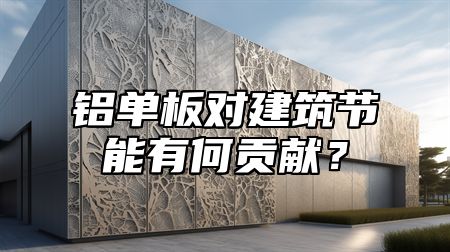
Aluminum veneerAs a new type of building material, its energy-saving effect has attracted much attention. This article will provide a detailed introduction from multiple aspects to answer this question.
We need to understand the basic characteristics of aluminum veneer. Aluminum veneer is formed by rolling aluminum alloy sheets and then sprayed on the surface. Due to its lightweight, weather resistant, fire-resistant, and corrosion-resistant properties, aluminum veneer has a wide range of applications in building decoration.
Let's take a look at the contribution of aluminum veneer to building energy efficiency:
1. Thermal insulation performance: Aluminum veneer has good thermal insulation performance and can reduce energy loss on building exterior walls. The thermal insulation effect of aluminum veneer is better than that of traditional walls, which can effectively prevent indoor and outdoor temperature exchange, reduce the energy consumption of air conditioning and heating systems, and achieve energy-saving goals.
2. Sound insulation performance: Aluminum veneer has good sound insulation performance, which can reduce the impact of noise on indoor environment. The sound insulation effect of aluminum veneer is better than that of traditional walls, which can effectively prevent outdoor noise from entering the interior, reduce the impact on residents' lives, and achieve the goal of energy conservation.
3. Lightweight: Aluminum veneer is lightweight and can reduce the self weight of building exterior walls. The self weight of building exterior walls is one of the important factors affecting building energy consumption. If the self weight of building exterior walls can be reduced, building energy consumption can be reduced, thereby achieving the goal of energy conservation.
4. Recyclable: Aluminum veneer is a recyclable material that can reduce the impact of construction waste on the environment. The recycling rate of aluminum veneer is relatively high, which can reduce resource waste and environmental pollution, thus achieving the goal of energy conservation.
Aluminum veneers make significant contributions to building energy efficiency. The insulation performance, sound insulation performance, light weight, and recyclability of aluminum veneer can effectively reduce building energy consumption and improve the energy utilization efficiency of buildings. When designing exterior wall decorations for buildings, aluminum veneer can be considered as the main material to meet the needs of energy conservation and environmental protection. It is also necessary to consider factors such as the color and texture of the aluminum veneer, as well as construction techniques, to ensure the quality and stability of the overall decorative effect.

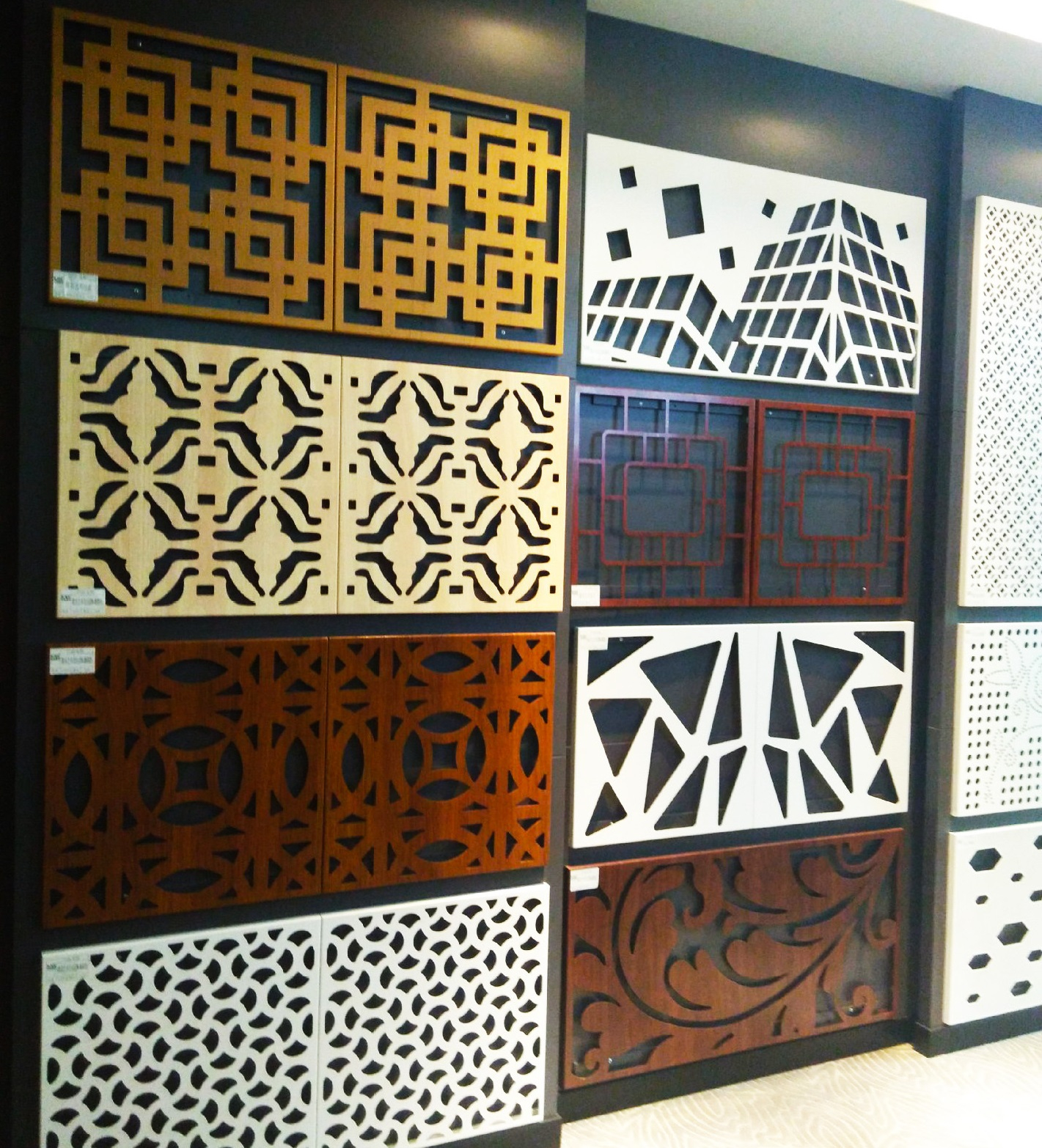
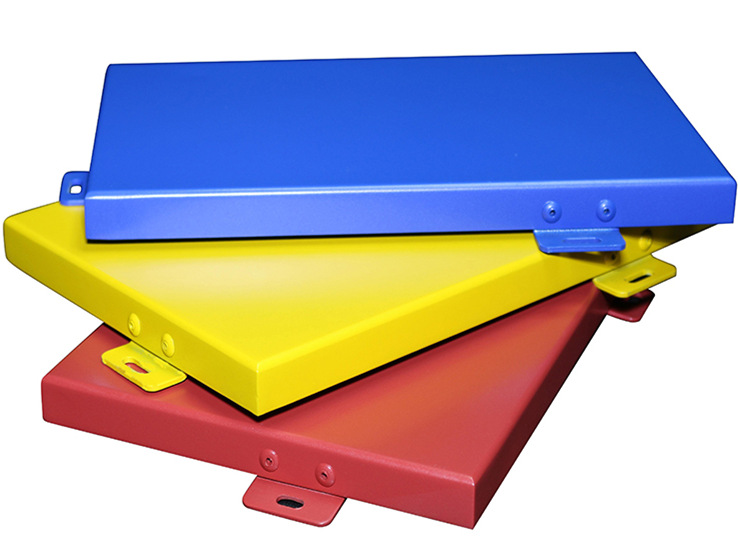
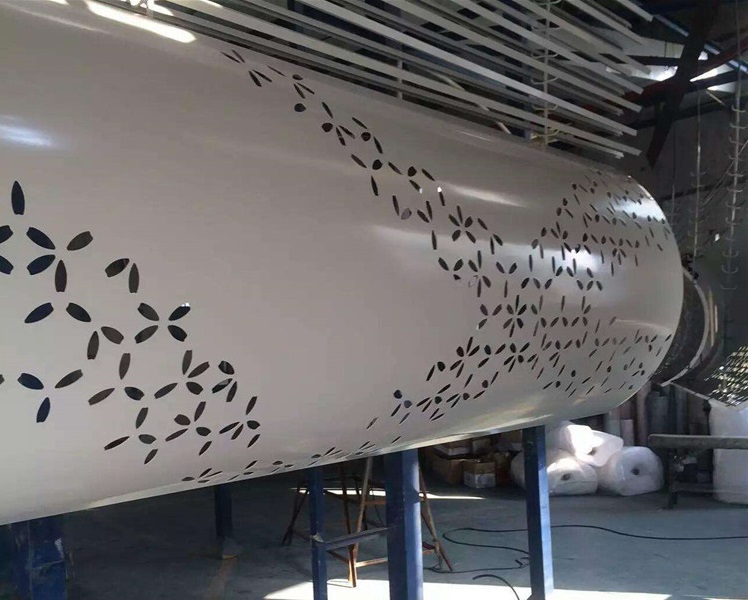
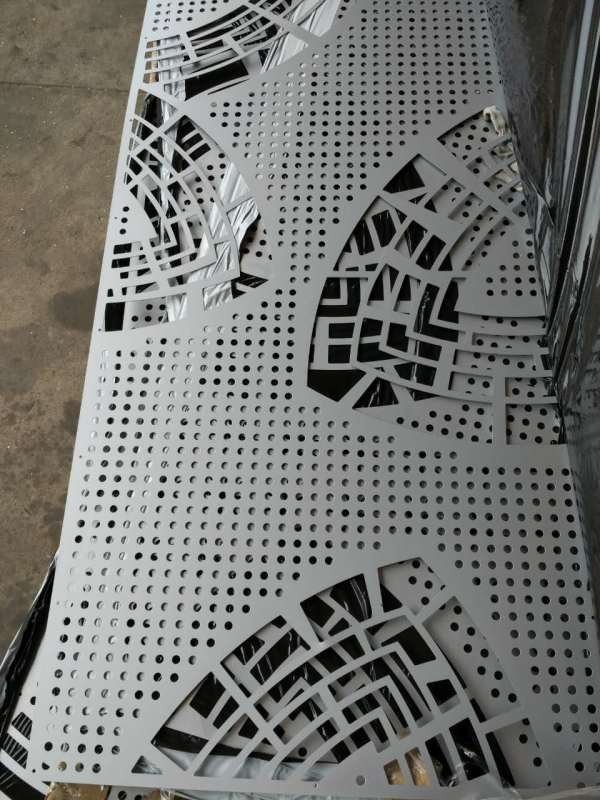
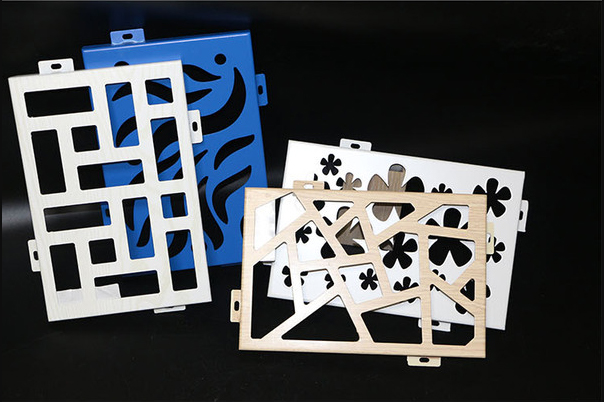
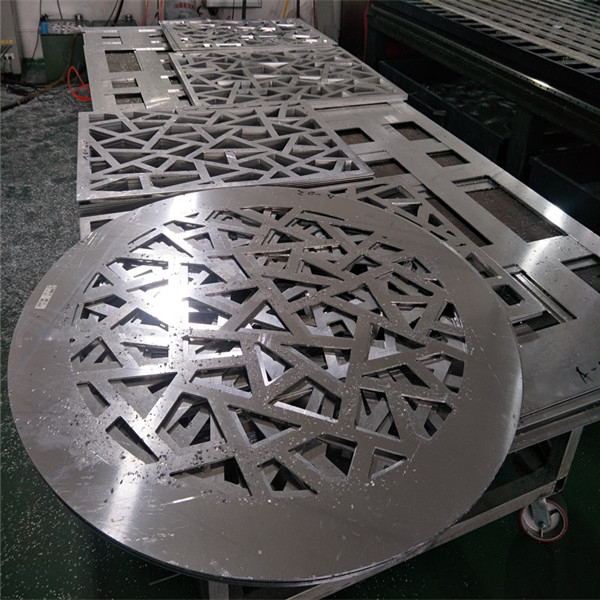
 Customer service QQ
Customer service QQ